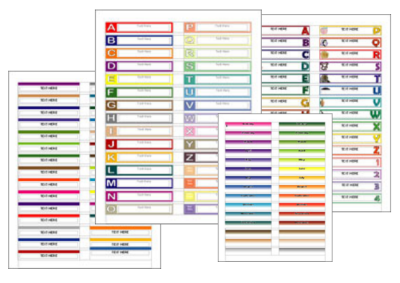How to Prepare Labels with Libreoffice.org by Bruce Byfield.
This tutorial covers using templates, how to import images and use text, in-depth instructions on using mailmerge and more.
For more reading on using labels with Libreoffice:
Creating fancy labels with Libreoffice
Mail merge address labels with Libreoffice
Working with Barcode with Libreoffice/Openoffice
Have more questions about using labels, feel free to visit the forums and engage the community in helping you





